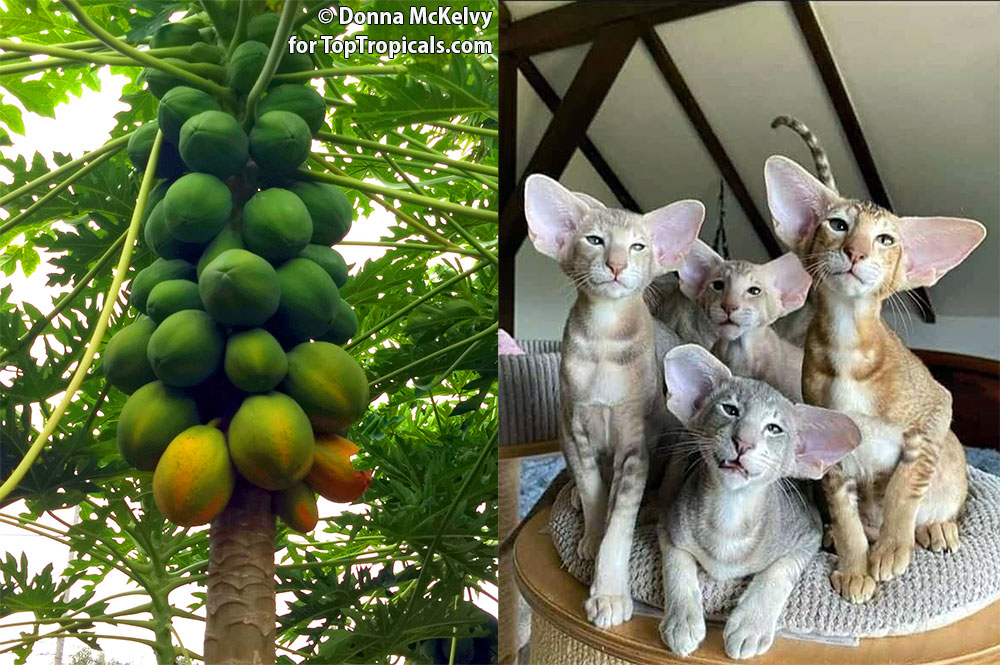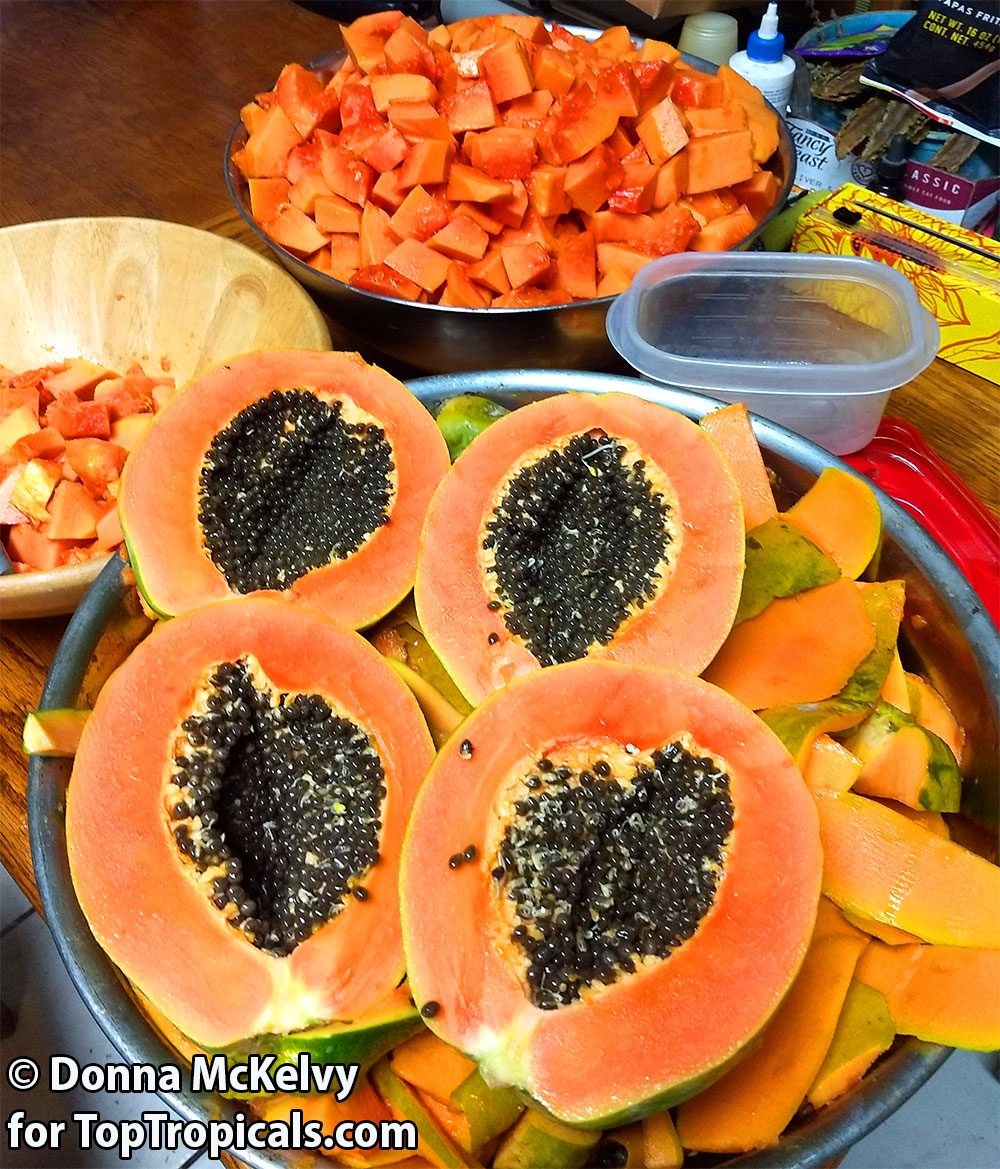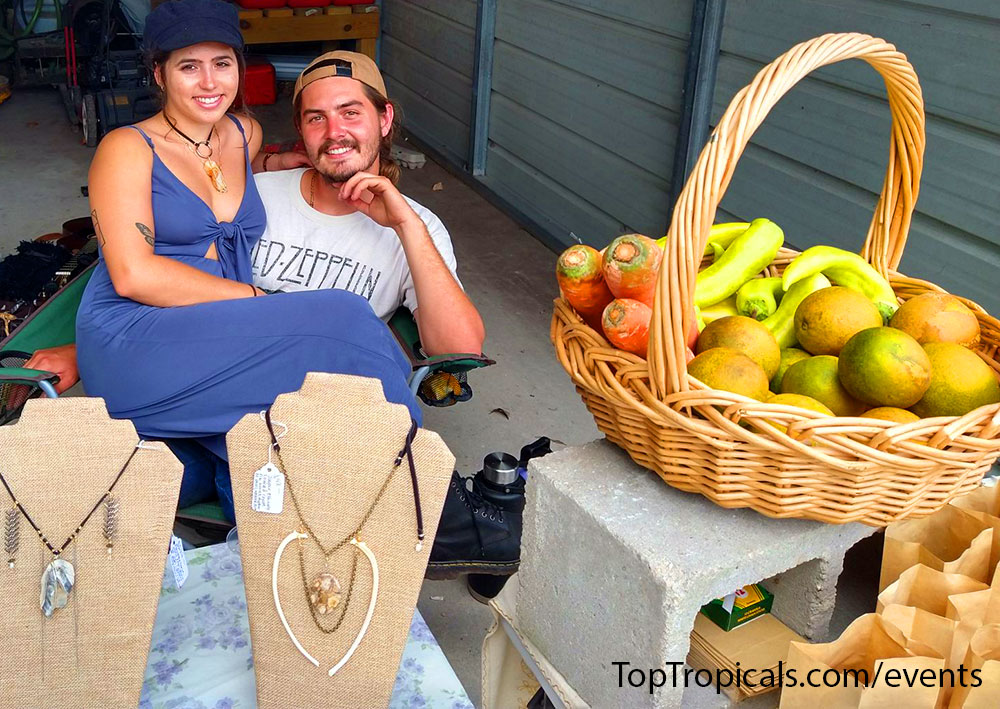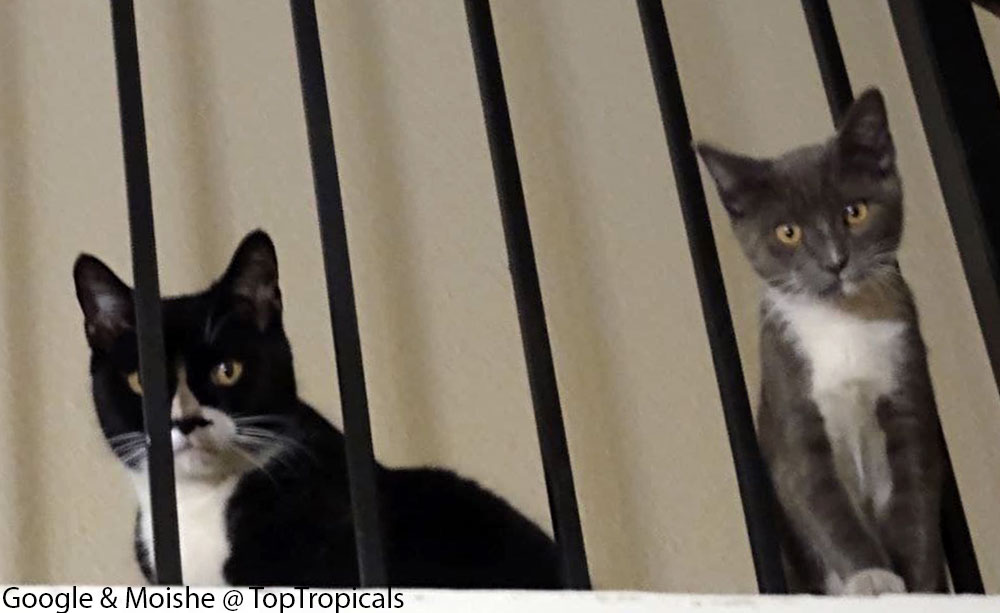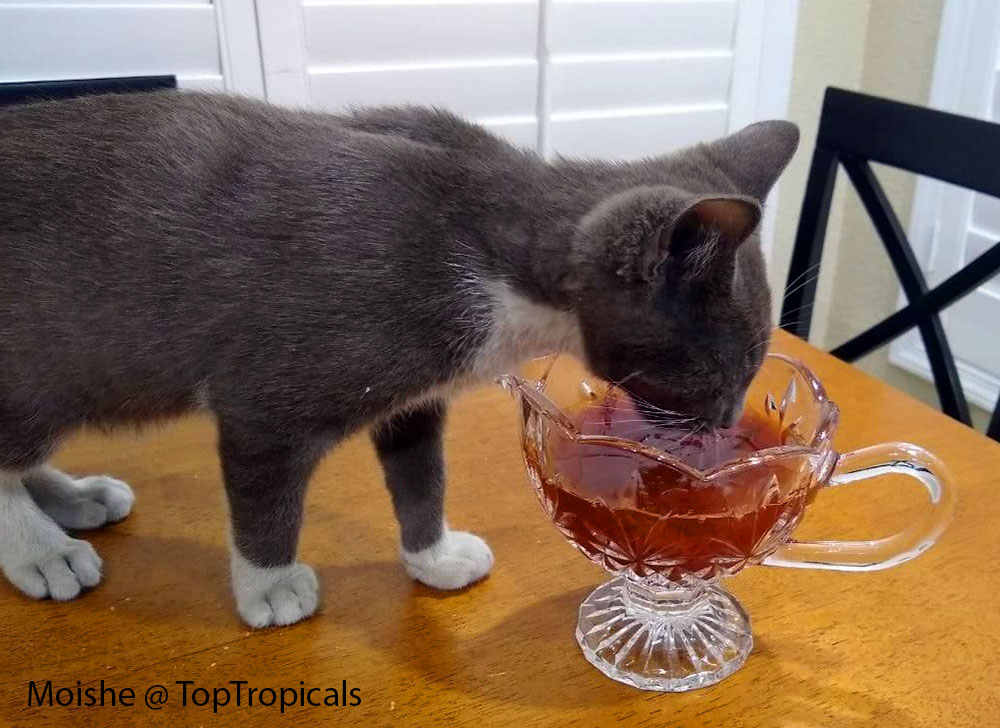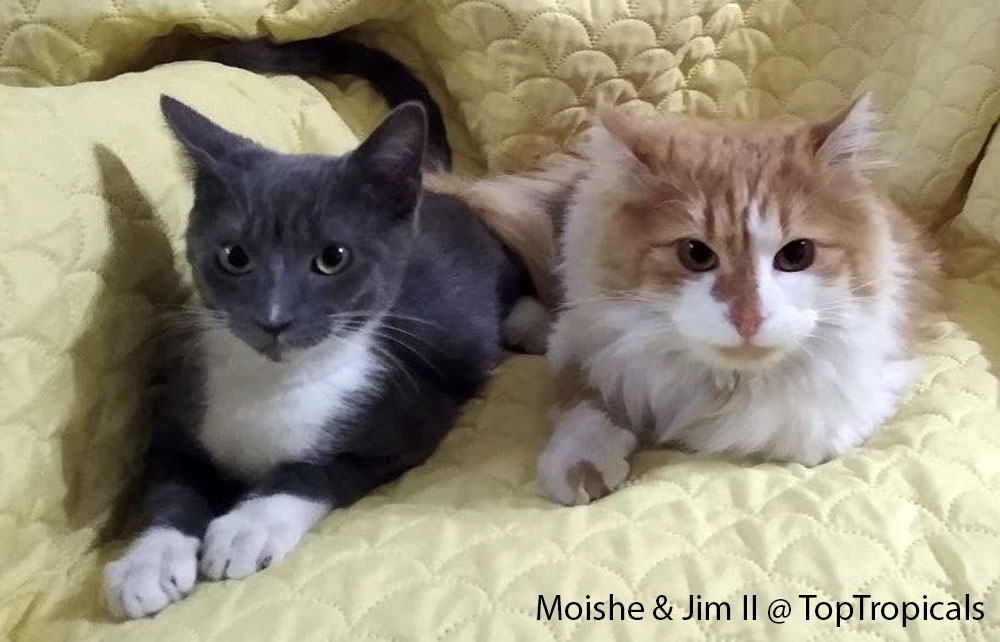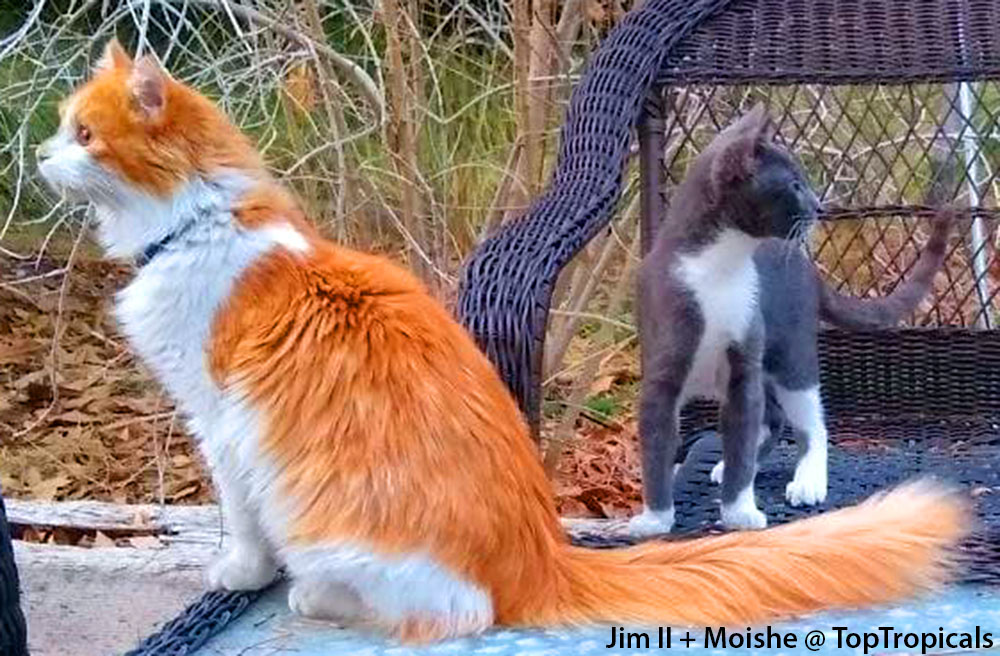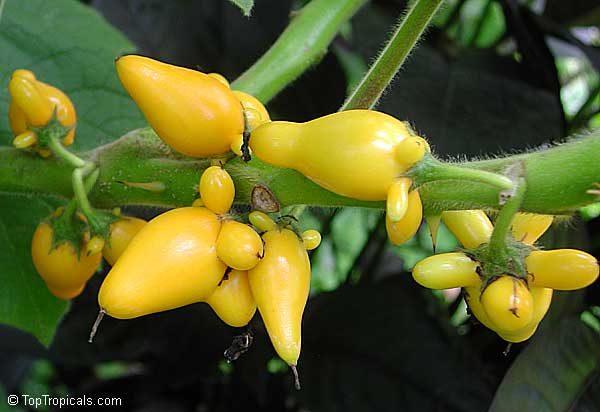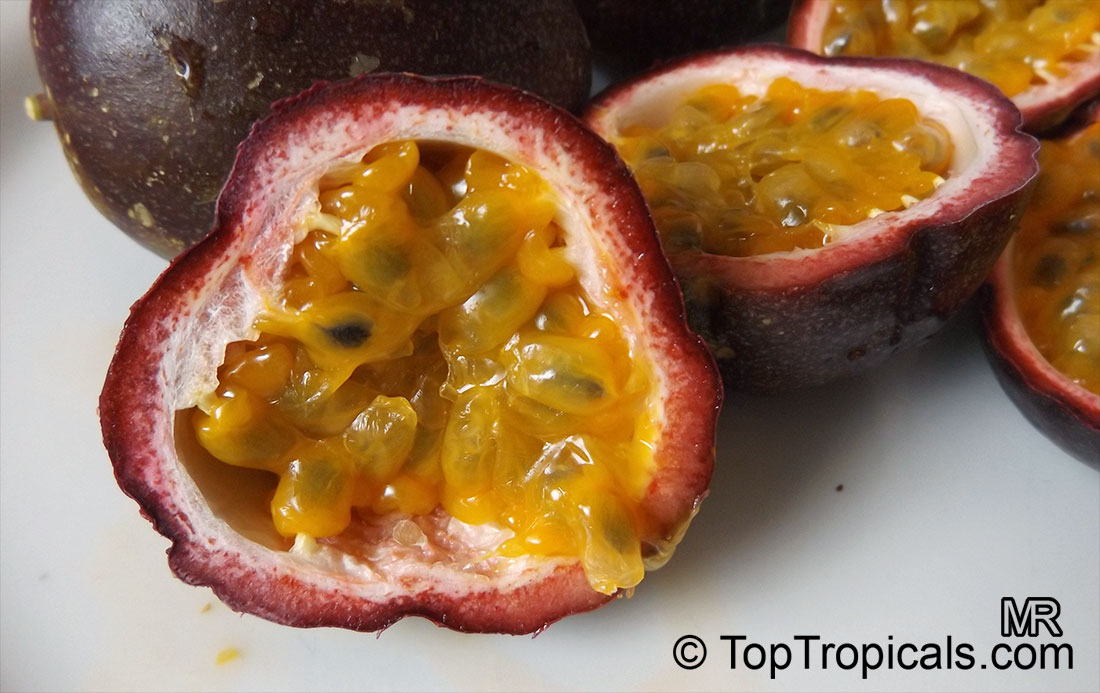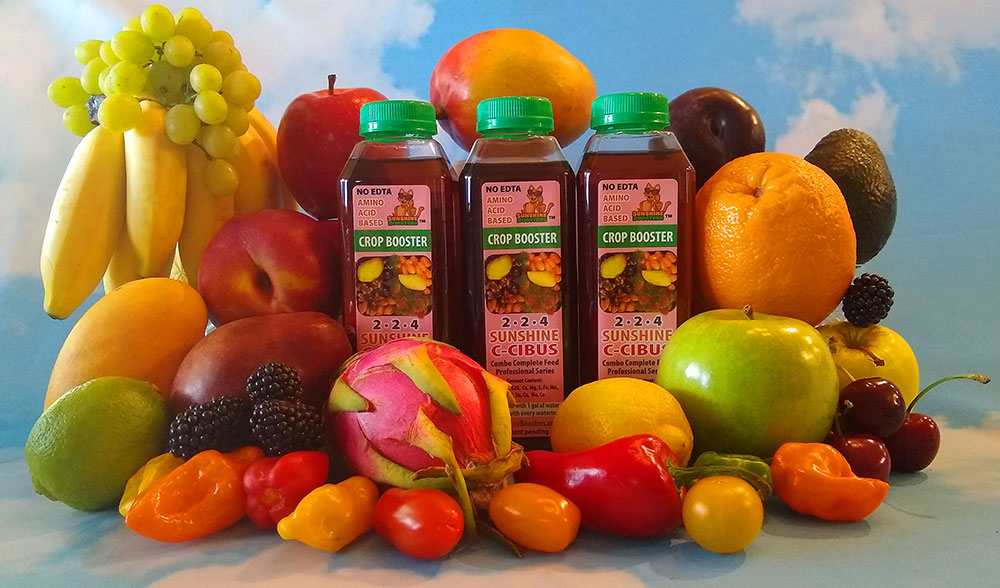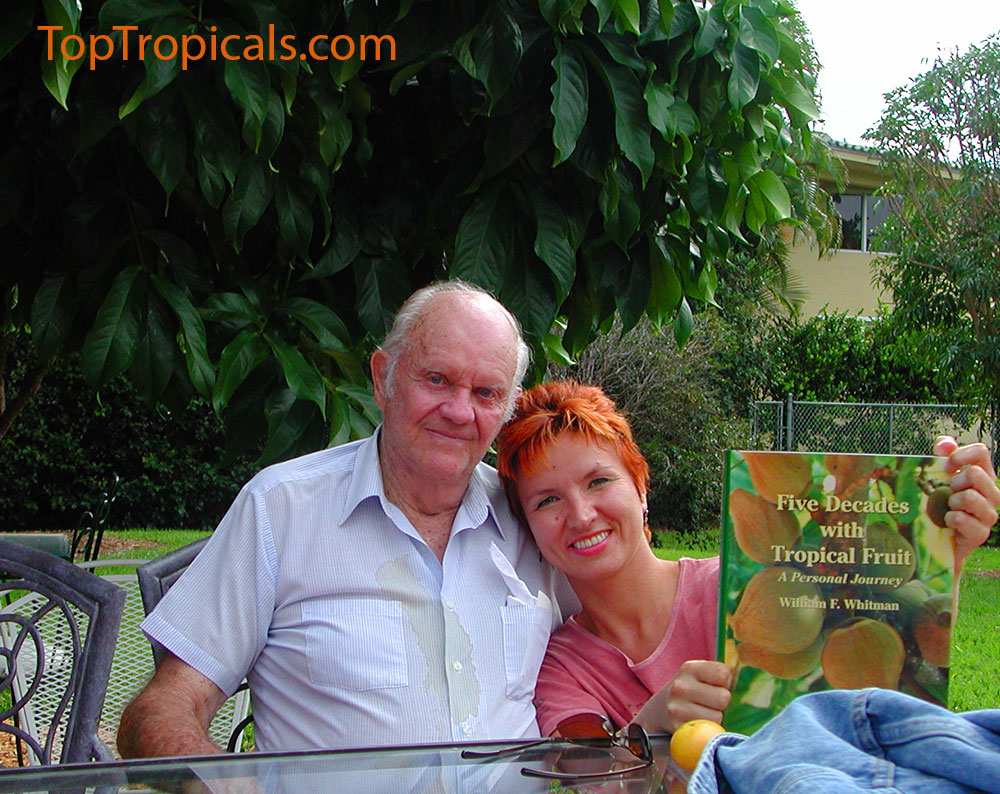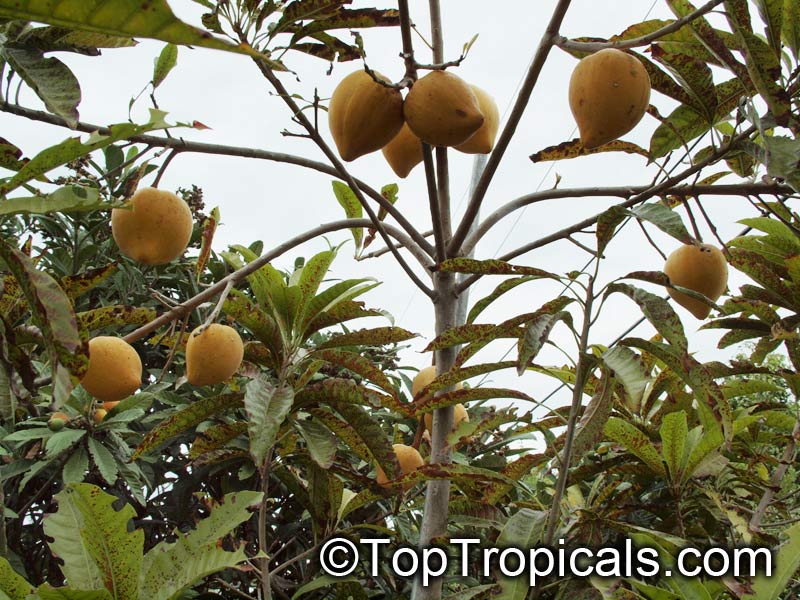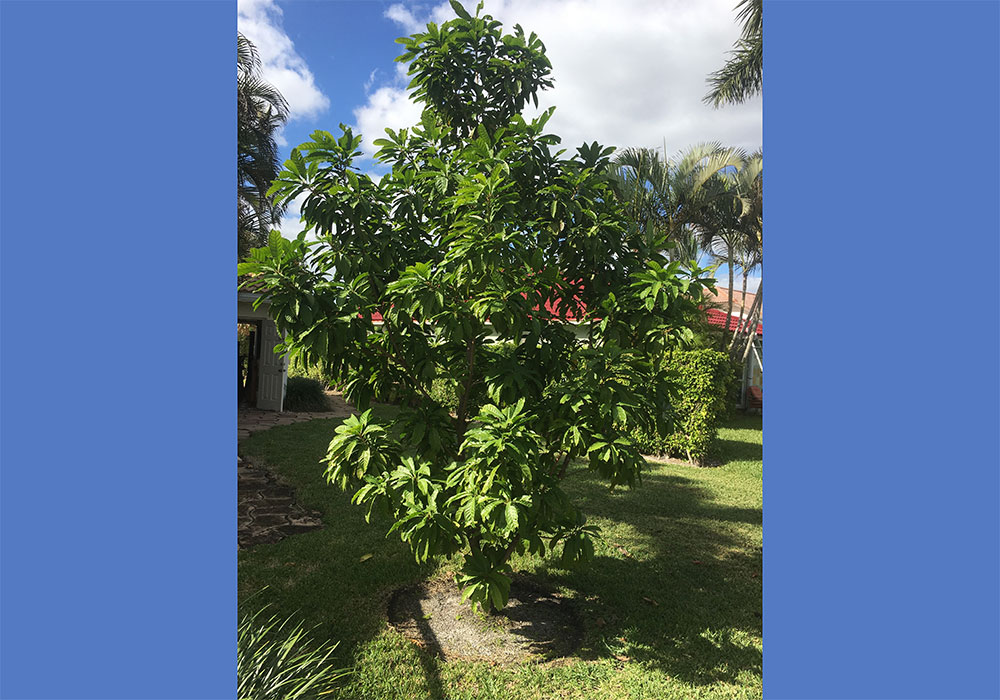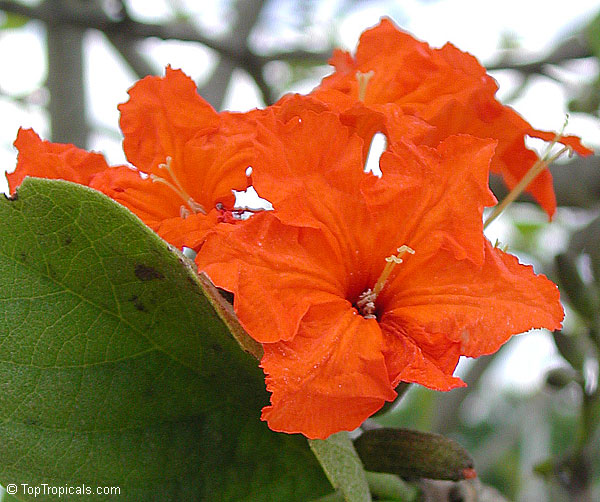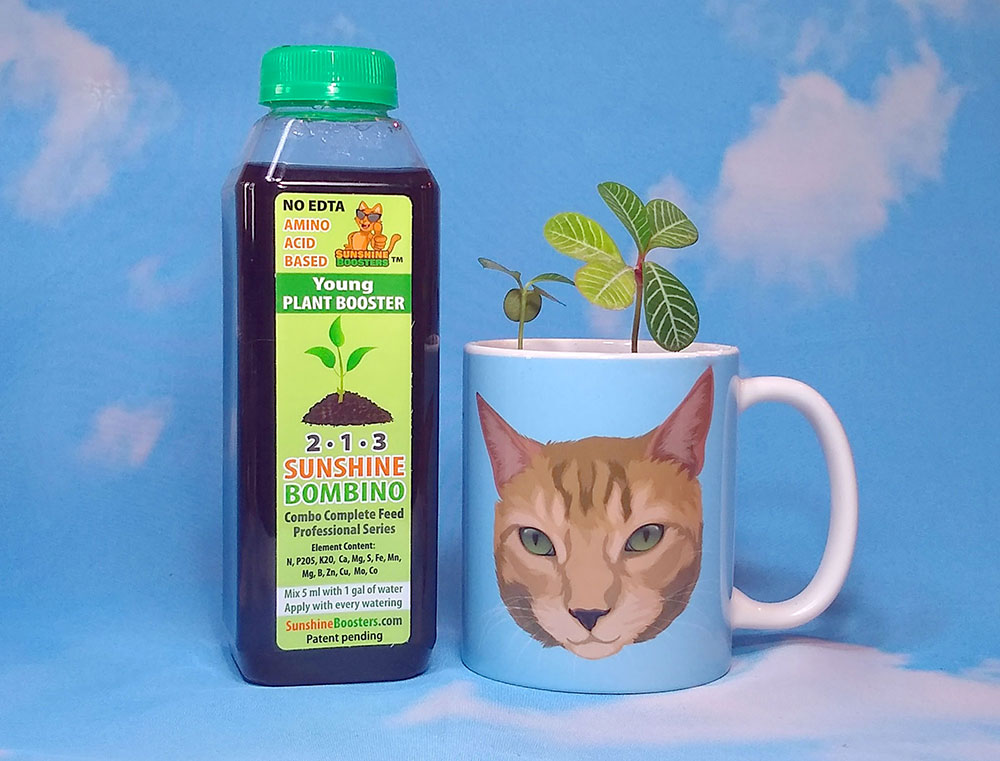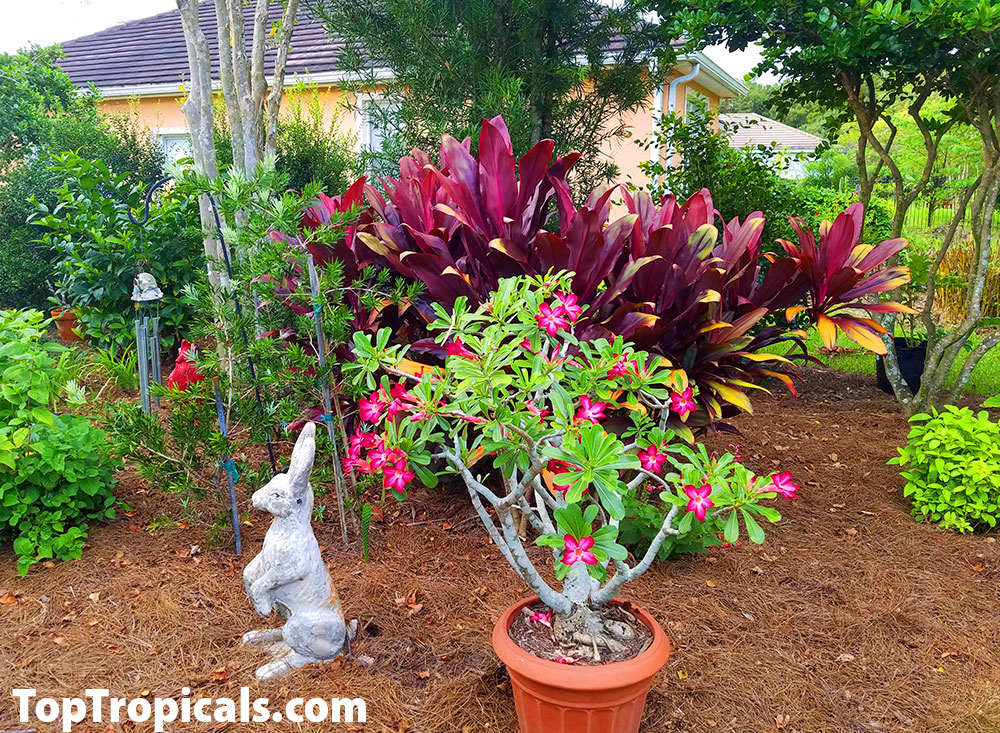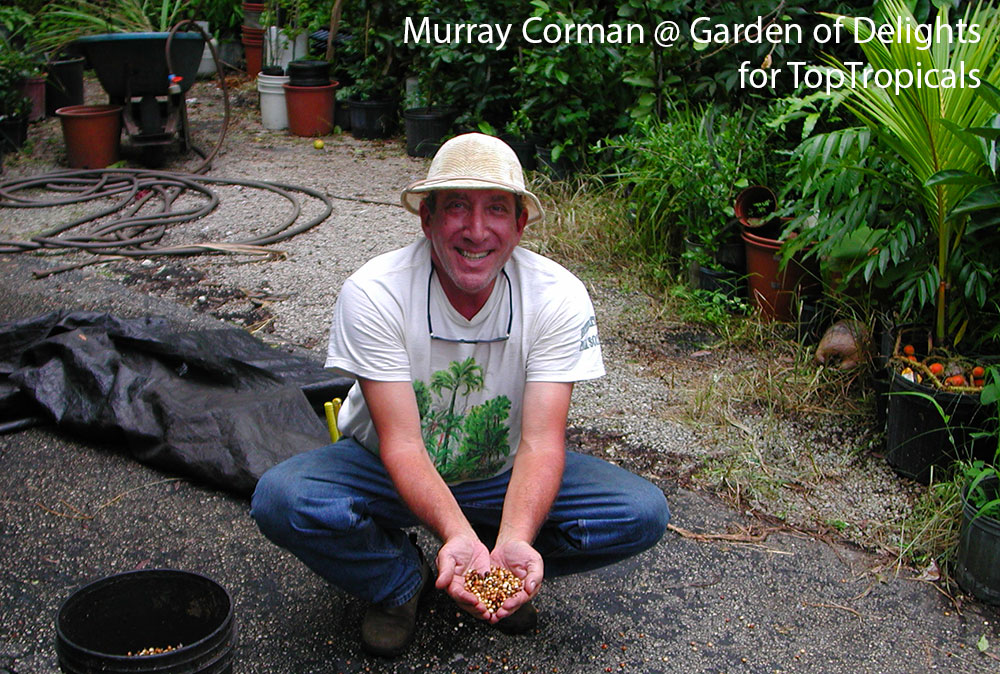Date:
I love growing for the planet!
A word from a happy gardener
"...Wow is all I can say, you all sent the most beautiful plants, I
never knew the Hawaiian Bell could have so many blooms. It arrived in Excellent shape
and I am so very thrilled to have this beautiful plant again. I am keeping
inside for a few days until a front goes thru, then it is going to be back in
mid 70s.
I give aged worm castings to my plants and recently discovered the plant food that the plant can uptake right away... And lastly, I
discovered a potting soil... Some of my plants went wild when I planted them in it.
Everything in it is tailored to not burn your plants. So nothing but the very
best for Top Tropical plants. Thank you all so much for this wonderful
plant, I will treasure and take good care of it. I have over 500 plants in pots,
because of gophers and nematodes. I love nature so do not want to kill the
gophers because the owls we have here depend on them and poisoning is a horrible
death. Much love, happiness and gratitude.
You can use pics - I love growing for the planet. I so love cats too, I
have 5 most of them Siamese. I found this pic of cats online, wow how did they
breed for a cat to have such big ears?
Much love and happiness, Donna..."
